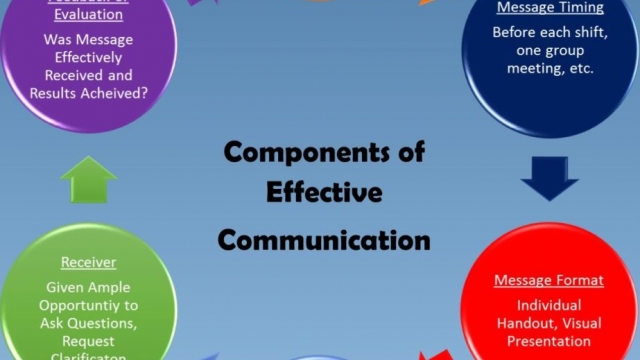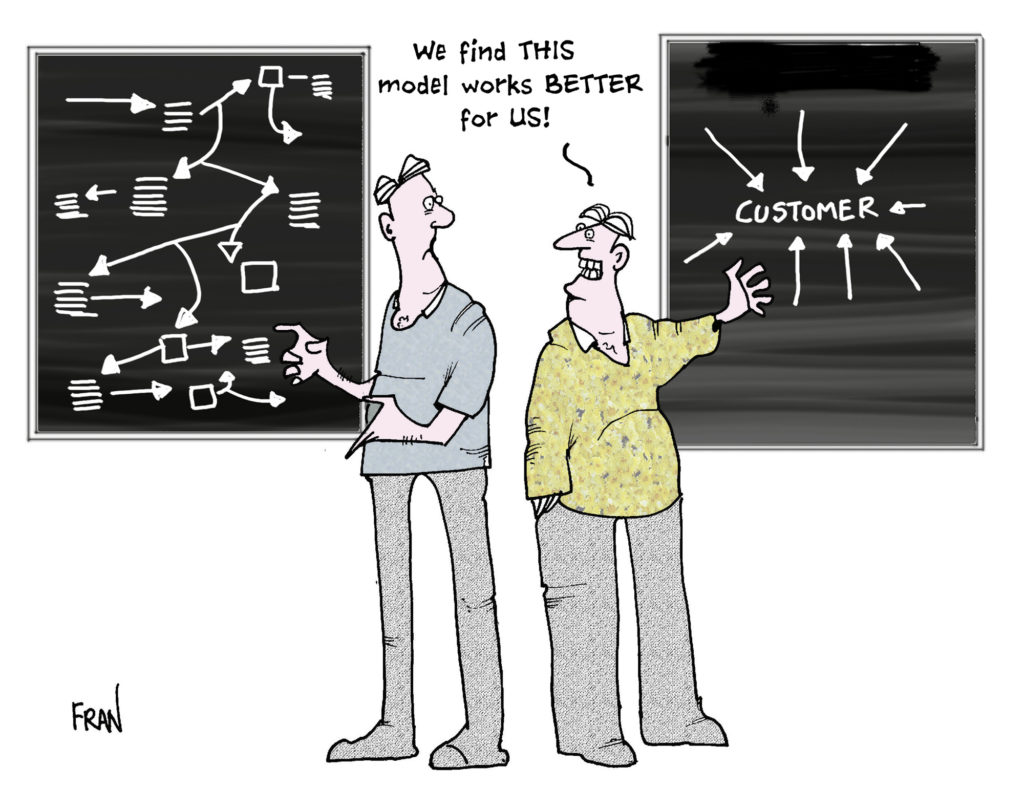By Roy Barker
Many people answer this question with our executives, the higher-ups, and those employees who engage the consumer. All of these choices are correct, but in the consumer’s mind the employee helping him or her is the only voice and/or face of your company.
Are your phones being answered in a timely manner? Is the voice on the other end friendly and helpful? Are visitors greeted with a friendly smile? Is your intended message being delivered by employees through their actions?
Front line employees are the ones customers base their purchasing decisions on. Quality of service is key to producing happy residents, resident/employee referrals, and added value to your company. How many times have you gone out of your way to bypass a business because the one a mile down the road has better customer service, or has gone the extra mile to resolve an issue? This happens to Senior Living communities every day because of the way a prospect was handled or not handled on the phone. Most communities are unaware of a missed opportunity.
Questions To Ask
Questions you should now be asking yourself are: am I hiring the best individuals for the task? MDS believes the first step in quality customer service is hiring the right individual. The right individual may not always be the most qualified. In most instances, it is better to base hiring on attitude, personality, and corporate culture fit, and then train skills. This may take more time in the hiring and training process but will payoff in the long run through better quality service and longevity of the employee’s tenure with the company.
Next question: are your new hires being properly oriented into the company and company culture in their new positions, as well as receiving continued training? Employees should initially be trained through orientation and continued on a regular schedule thereafter. Training gives employees empowerment, competence, and confidence to do their job well resulting in a satisfied customer and employee. Even after you have gone through the previous steps you must still monitor and spot check to insure job duties are being carried out the way you want and expect them to be.
MDS can help you help your employees, customers, and bottom line through providing orientation and training materials, on-site training sessions, over the phone coaching, and group seminars to ensure your team has the tools needed to be successful and provide an excellent customer service experience to current and future clients. MDS also has many years of experience in mystery shopping communities to gather firsthand knowledge of the feel and attitude of a community, as well as monitoring results on an ongoing basis.
I look forward to working with you and your community’s professional team in the very near future. Contact me directly to set up an initial consultation and let’s start the process to an improved customer service experience, higher occupancy rates, and a healthier bottom line.











 You no doubt have many Mothers as part of your community, both as residents and employees. What do you have planned for these special women? Some will have family to spend the day with, but some will not. How would you like your mother to be honored if you were not there to do it yourself? A nice luncheon, a social event?
You no doubt have many Mothers as part of your community, both as residents and employees. What do you have planned for these special women? Some will have family to spend the day with, but some will not. How would you like your mother to be honored if you were not there to do it yourself? A nice luncheon, a social event?


